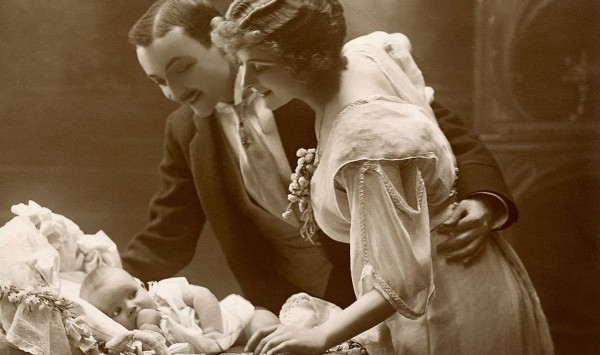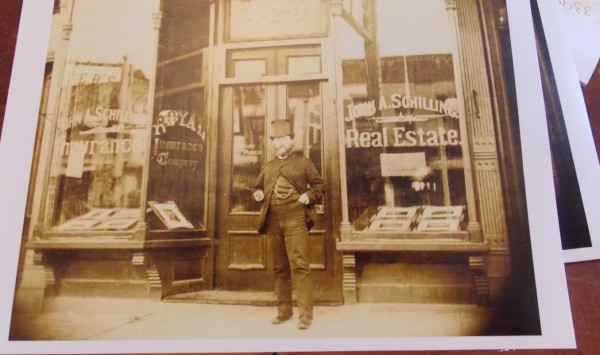THE DAY BED-STUY WAS BORN (1895)

******************************************************************************************************************************** Brownstone Detectives investigates the history of our clients’ homes. The story you are about to read was composed from research conducted in the course of one of those investigations. Do you know the history of YOUR house? ******************************************************************************************************************************** Bedford-Stuyvesant, known coloquially as “Bed-Stuy,” is a section of Brooklyn that conjures as many mental images as there are residents of the district. With a past as colorful and storied as any other section of the borough, its ups and downs, though, seem to have been much more extreme. One only need consider the district’s unofficial slogan for much of the past 30 years, “Bed-Stuy: Do or Die,” to dredge up a very recent period sadly associated with images of guns, drugs, and gang violence. But this more recent history is not the point of this story. We want to go further back to try and understand how Bedford, which was formerly a village built up around the intersection of Bedford Avenue and what would become Fulton Street, joined with the developing neighborhood of Stuyvesant Heights. The official birthdate of Bedford-Stuyvesant has always been a moving target depending on the reference made or its actual source. Any discussion of its original designation would need to consider the fact that the term “Bedford-Stuyvesant” came about colloquially, and so unofficially, at first, but later took on the mantel of authority. WAS BED-STUY BORN IN THE ’30S? The majority of designations have placed Bed-Stuy’s birthday squarely within the 1930s. The New York Times, in […]
A REALTOR ON THE PARK SLOPE (1885)

******************************************************************************************************************************** Brownstone Detectives investigates the history of our clients’ homes. The story you are about to read was composed from research conducted in the course of one of those investigations. Do you know the history of YOUR house? ******************************************************************************************************************************** In 1885, Park Slope was still expanding at a rapid clip; houses were being built and sold to those members of a future Brooklyn elite who were then moving from Manhattan across a recently completed Brooklyn Bridge. Enter John A. Schilling of 429 5th Avenue (btwn 8th and 9th streets), who cared for all of Prospect Park Slope’s realty and insurance needs. Schilling appears to have been at the Fifth Avenue location from 1882 through at least 1894, at which time, probably due to the Panic of 1893, the real estate market dried up. These bad economic times, which lasted most of the decade, would force him to go out of business and sell his office – after which he would seek other employment. With his Republican political connections, and the fact that another German, Republican Charles A. Schieren, had just been elected mayor of Brooklyn, that work came in civil service positions which had him working for various Brooklyn city agencies. Schilling was also a Civil War veteran, which was common for men his age living in Park Slope during the period. When Schilling passed in 1910 on Montague Terrace in Brooklyn Heights, he was memorialized in the press as “very popular among his associates.” Follow @BrownstoneDetec Share ———————————————————————————————————————– The […]